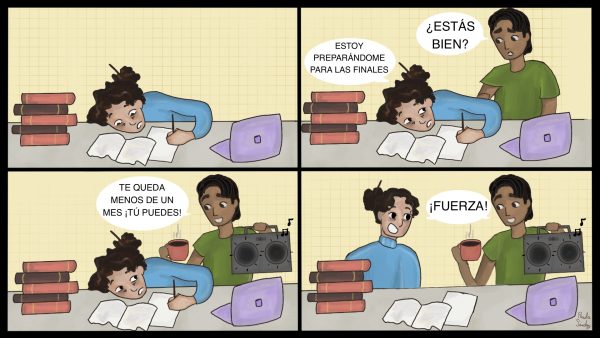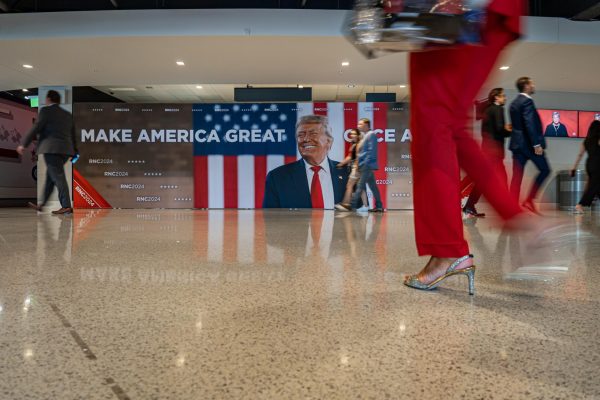Earth Day inspires college initiatives
April 19, 2009
Just in time for Earth Day on April 22, Columbia’s Recycling Program is hosting an Eco-Fair with several vendors in an attempt to educate students about sustainable ways to conserve outside of school.
“Everything in your daily life has a consequence, it’s time that we all start thinking about what we are doing,” said Columbia’s Recycling Program manager, John Wawrzaszek.
To prepare for the event, leaders of the Recycling Program managed to promote the event without printing any fliers for advertisement.
“We chose not to print anything because the objective of the event is to teach people how to conserve,” Wawrzaszek said. “We’re all about reducing resources. Instead of buying new materials, we have reused our wastes, salvaged material to create our own fliers and we’ve hung them around campus.”
They have also utilized online resources such as Facebook and Columbia’s online newsletter, The Loop, to advertise. In addition, they have used their e-mail lists and asked the vendors to solicit their e-mail lists, as well, in order to spread the word.
“We’ve been building this from the ground up because we all have a responsibility,” said Neale Baldyga, a student worker in the Recycling Program office. “I firmly believe that, now more than ever, human action can make or break our existence.”
Leaders of the Recycling Program admit that Columbia is on track when it comes to green methods. They are now offering seminars and classes on environmental journalism and green architecture.
Columbia’s much anticipated Media Production Center will be LEED certified, utilizing non-harmful chemicals and furniture. Columbia has also placed recycle bins in each of its existing buildings, and a green roof atop the 33 E. Congress Parkway Building.
The Recycling Program’s mission is to encourage people to start conserving and preserving by going green in a more local way. It wants people to start supporting local agriculture and purchasing organic foods. The group also suggests that faculty and staff begin turning lights off, do double-sided printing and not print as many e-mails.
“The students have been cooperating by using the recycling bins, but now we have to get the faculty to cooperate,” Wawrzaszek said. “Green methods will not only save money, but it will also save resources.”
The group has found ways to recycle more than just paper, plastic and glass, which was available 10 years ago. It is now recycling mixed materials and has even found an outlet to recycle digital media, important to a school such as Columbia.
“There is 10 times as much stuff to be recycled now than just a few years ago,” said student worker Laura Strait, a senior cultural studies major. “The kids have really been responding to the recycling bins.”
The Recycling Program has found more innovative ways to promote and help students recycle. Each May, Columbia’s on-campus residents are given a chance to donate their unwanted furniture, clothes and other materials.
“Students are now asking about it,” Wawrzaszek said. “Although this is not necessarily recycling, it is still reusing. We donate the materials to charity or veterans, and we make sure that it is going some place where it is going to be used.”
They have also begun to promote the green job market, an employment field that Wawrzaszek said has never been available before.
“It is important to spread awareness,” Baldyga said, who became involved with the Recycling Program one year ago. “Time is running out. What we do in the next 10 to 20 years will determine everything.”







